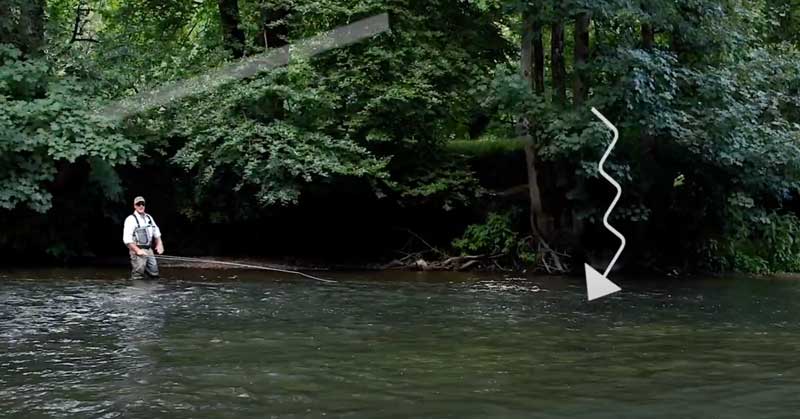How to Perform the Pile Cast for Drag-Free Drifts in Fly Fishing
The pile cast, also known as the parachute cast, is a simple yet powerful fly fishing technique that helps you achieve a drag-free drift downstream. This guide will walk you through the steps to master it and explain when and why you should use it.
What is the Pile Cast?
The pile cast is all about altering the trajectory of your forward cast to create slack in the line. Instead of casting straight, you intentionally throw your line upward so it flutters down like a parachute and "piles" on itself. This allows your fly to drift naturally downstream without any drag, keeping it in the strike zone longer and making it more appealing to fish.
How to Perform the Pile Cast
Here’s a step-by-step guide to executing the pile cast:
- Position Yourself: Stand upstream of the fish you’re targeting and prepare your cast.
- Adjust Your Forward Cast: On the forward stroke, aim higher than usual. Instead of sending the line directly forward, send it up at an angle.
- Watch the Line Flutter Down: As the line peaks, it will lose momentum and parachute down, landing softly on the water in a pile.
- Let it Drift: The slack in the line allows your fly to float drag-free downstream, mimicking natural movement.
It’s a straightforward adjustment to your casting motion, but it can make a big difference when fishing tricky waters.
When to Use the Pile Cast
The pile cast is ideal in situations where a natural drift is critical. Use it when:
- You’re targeting fish holding downstream of you in slow-moving water or behind structure like rocks.
- Avoiding drag is essential to convincing picky fish to bite.
- Traditional casts result in too much tension on the line, pulling your fly unnaturally.
Pro Tips for Mastering the Pile Cast
Here are a few additional tips to help you get the most out of this technique:
- Practice High Trajectories: Focus on sending your line up during the forward cast rather than straight ahead.
- Keep Your Line Under Control: Pay attention to how much slack you’re introducing to ensure the fly still drifts naturally.
- Experiment with Timing: The amount of slack you create can vary depending on the distance and conditions, so adjust your timing accordingly.
Why the Pile Cast Works
By creating slack in your line, the pile cast allows the fly to float naturally with the current. This is crucial for fooling fish that are looking for a perfectly drifting meal. Whether it’s a wary trout behind a rock or a fish sitting in a slow seam, the pile cast gives you the best chance to present your fly in a convincing way.
Final Thoughts
The pile cast is a must-have technique in any fly fisher’s arsenal. It’s easy to learn, highly effective, and can make all the difference when fishing downstream presentations. Give it a try the next time you’re on the water, and watch how it transforms your approach to drag-free drifts.






























